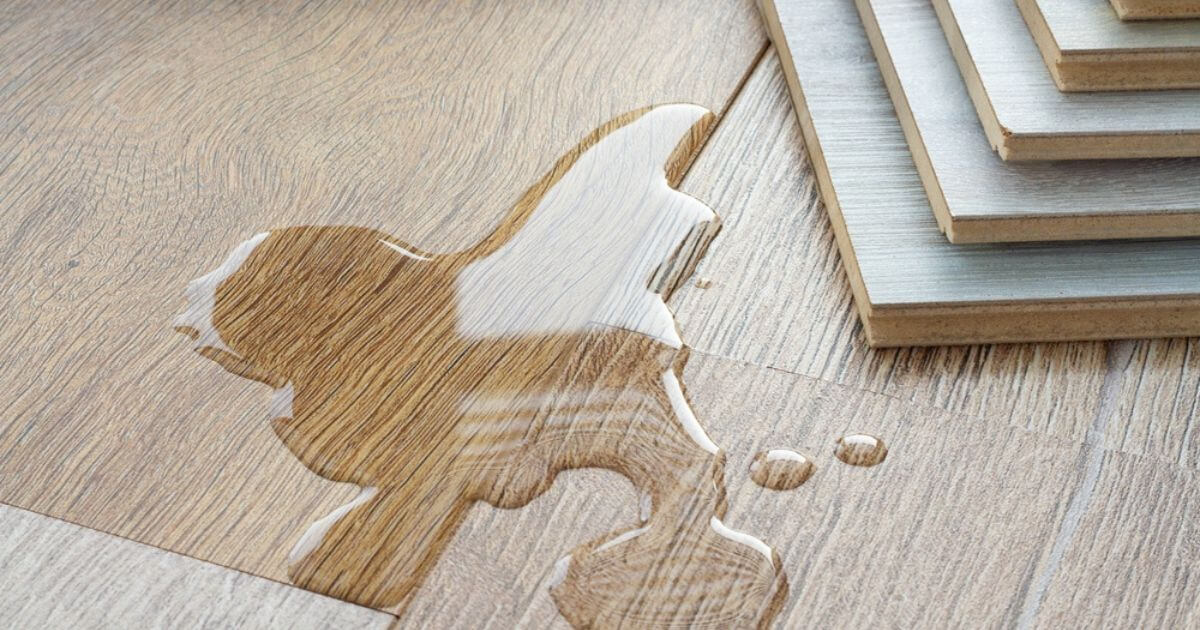Plywood is a versatile and popular building material made by gluing multiple thin sheets of wood veneer together with the grains of each layer running at right angles to the adjacent layers. Plywood is stronger than solid wood because of its cross-grain construction.
Rain resistance in plywood varies based on several key factors: type, thickness, construction quality, and weather severity.
Plywood Type: Marine grade offers the highest tolerance due to waterproof glue and veneers.
Thickness: Thicker plywood generally resists water penetration better.
Construction Quality: Look for tight glue bonds and no voids to minimize water entry.
Weather Severity: Harsher weather conditions like heavy rain and strong winds increase stress on plywood.
Different Types of Plywood and Their Water Resistance
Interior Plywood: Interior plywood is designed for indoor use where it won’t be exposed to moisture or weather elements. It has minimal resistance to water and should not be used in applications where it might get wet.
Exterior Plywood: Exterior plywood is made with water-resistant adhesive and is designed to withstand exposure to moisture and weather elements to some extent. It’s suitable for outdoor use but may not be completely waterproof.
Marine Plywood: The top performer, specifically engineered for exceptional moisture and water resistance. Its waterproof glue and high-quality veneers make it impervious to even constant water exposure, ideal for boat building and other demanding marine applications. A marine grade plywood can last 5 to 10 years with maintenance.
Tips for Protecting Plywood from Rain Damage
Choose the right grade: Always select plywood based on its intended use. For humid or outdoor environments, marine-grade plywood is your best bet. Thicker plywood generally offers better resistance to water penetration.
Seal the edges: Apply a quality sealant, like paint or varnish, to all exposed edges, especially end grain, as this is most susceptible to moisture absorption.
Cover: If your plywood project is temporary or exposed to frequent rain, consider using a tarp or other waterproof covering for additional protection.
Maintain the finish: Regularly inspect and reapply sealant as needed to maintain its effectiveness against water damage.
Conclusion
Plywood is a versatile and economical choice for many projects, but moisture and weather can affect it. There are many types of plywood, choose the perfect plywood as per your use.
For constant moisture or needing complete waterproofing, choose marine-grade plywood. Remember, even marine-grade plywood requires maintenance for long life.
By choosing the right type and using proper protection, your plywood project will last for years, rain or shine!

